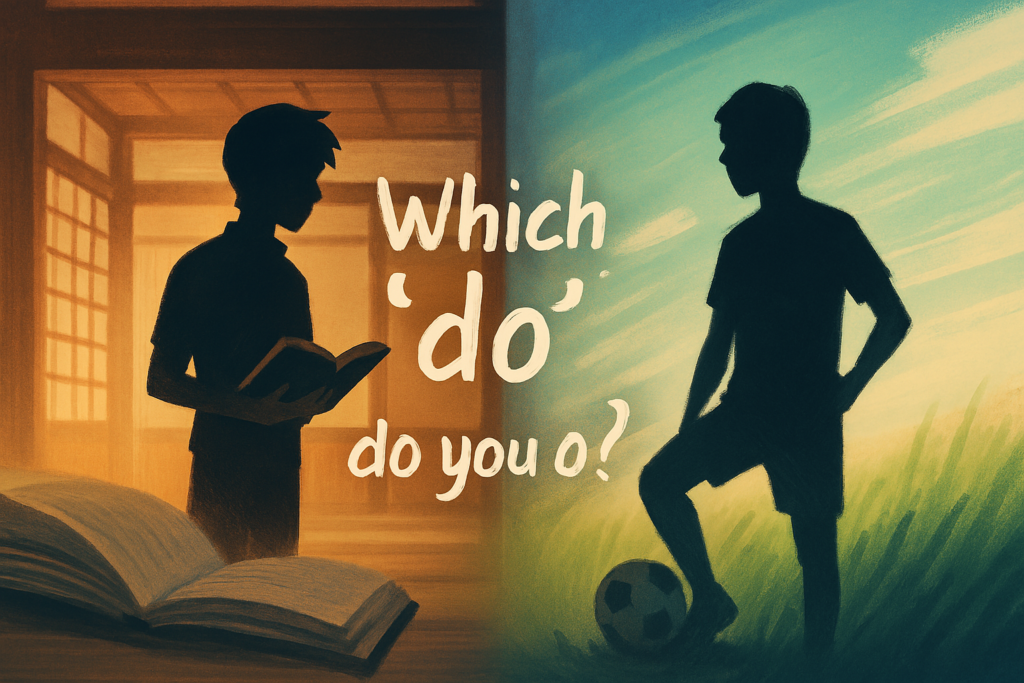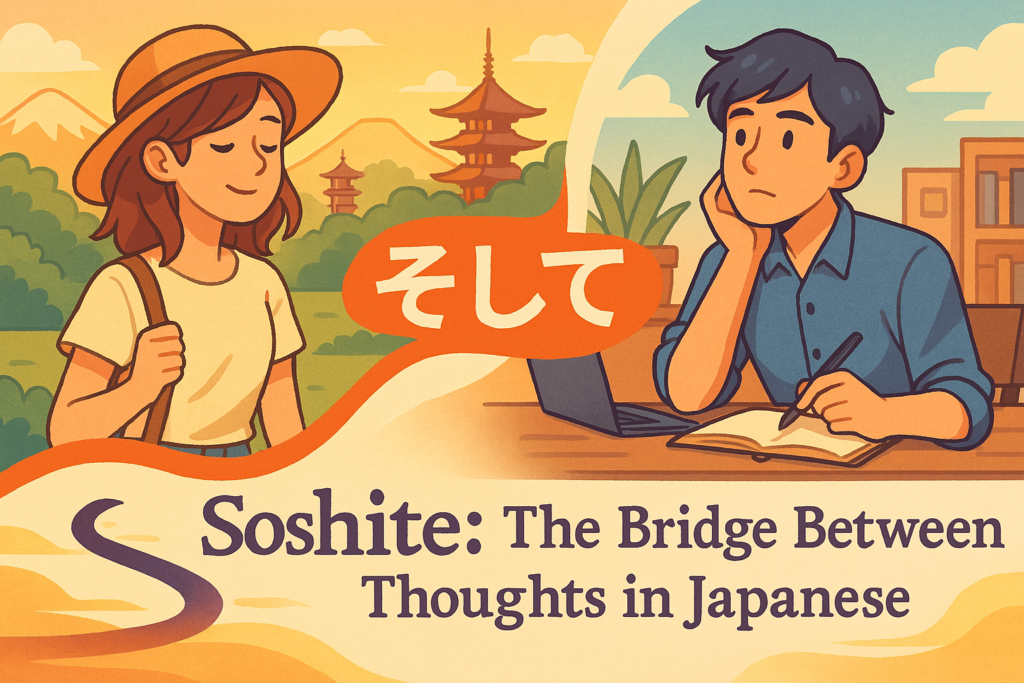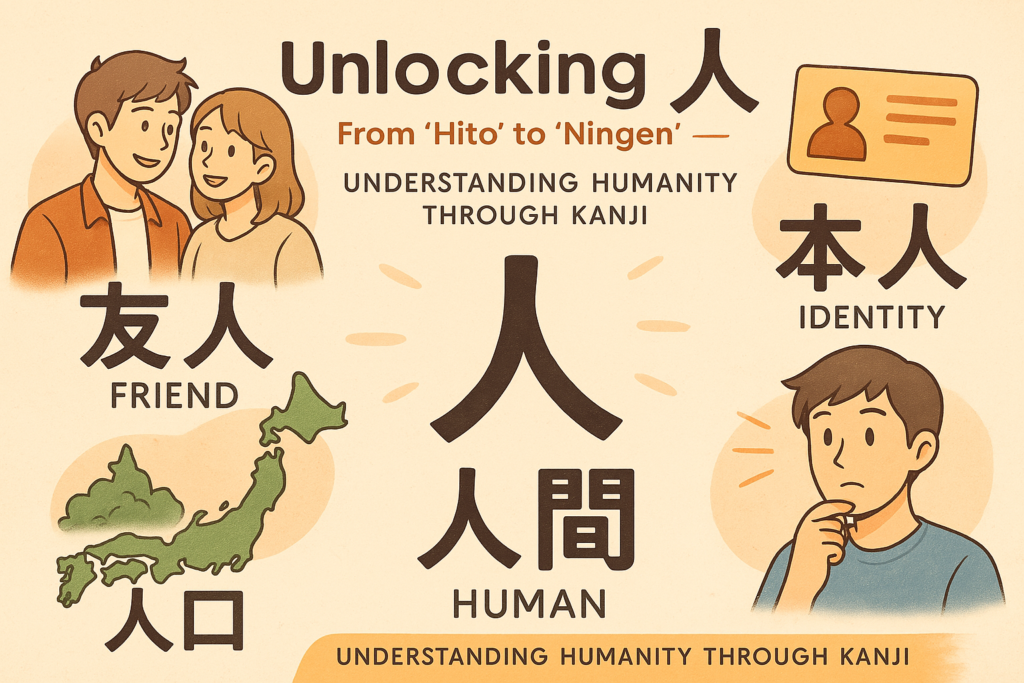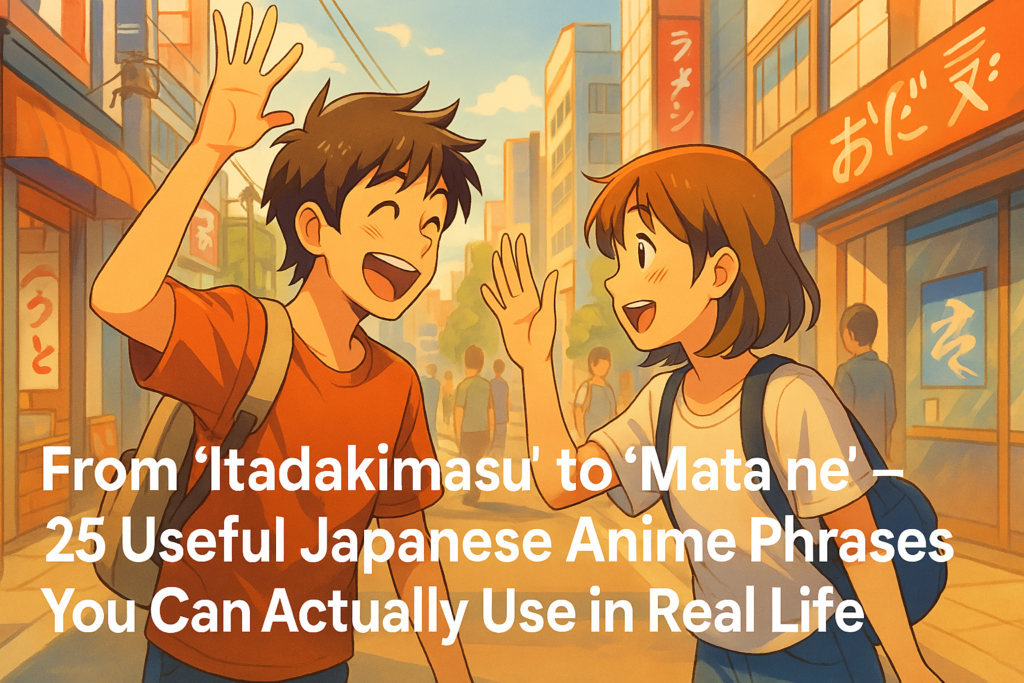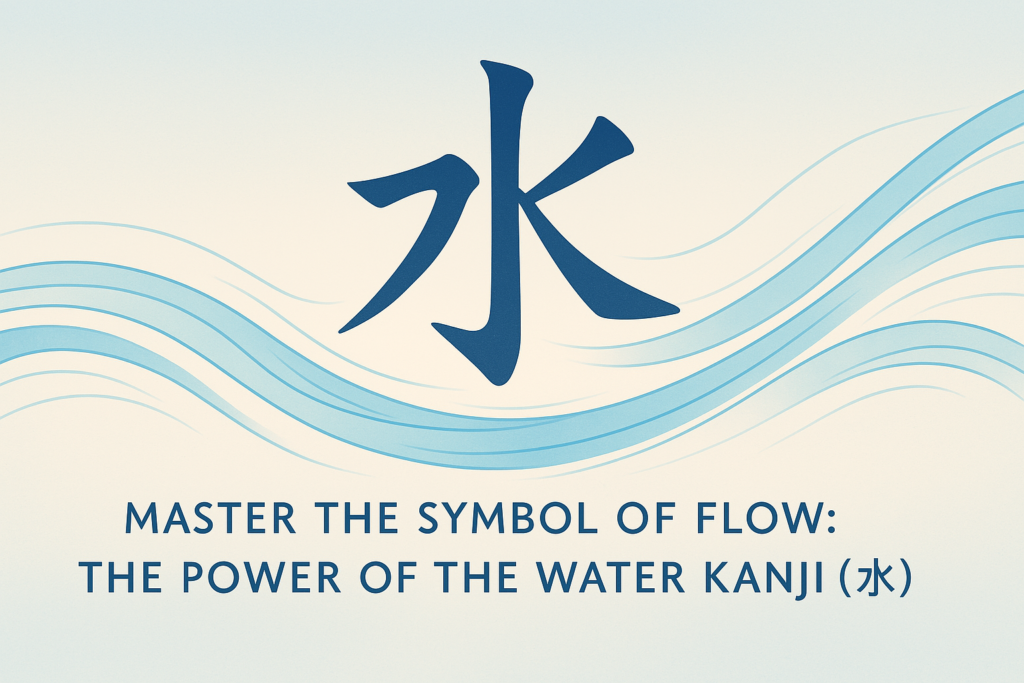What Does Kanojo Mean in Japanese?
Have you ever found yourself puzzled by the word “kanojo” while learning Japanese? You’re not alone! One of the most confusing aspects for beginners is how a single word can mean both “she” and “girlfriend” depending on context. In this comprehensive guide, we’ll unravel the mystery behind “kanojo meaning” and help you use this versatile […]
What Does Kanojo Mean in Japanese? Read More »









